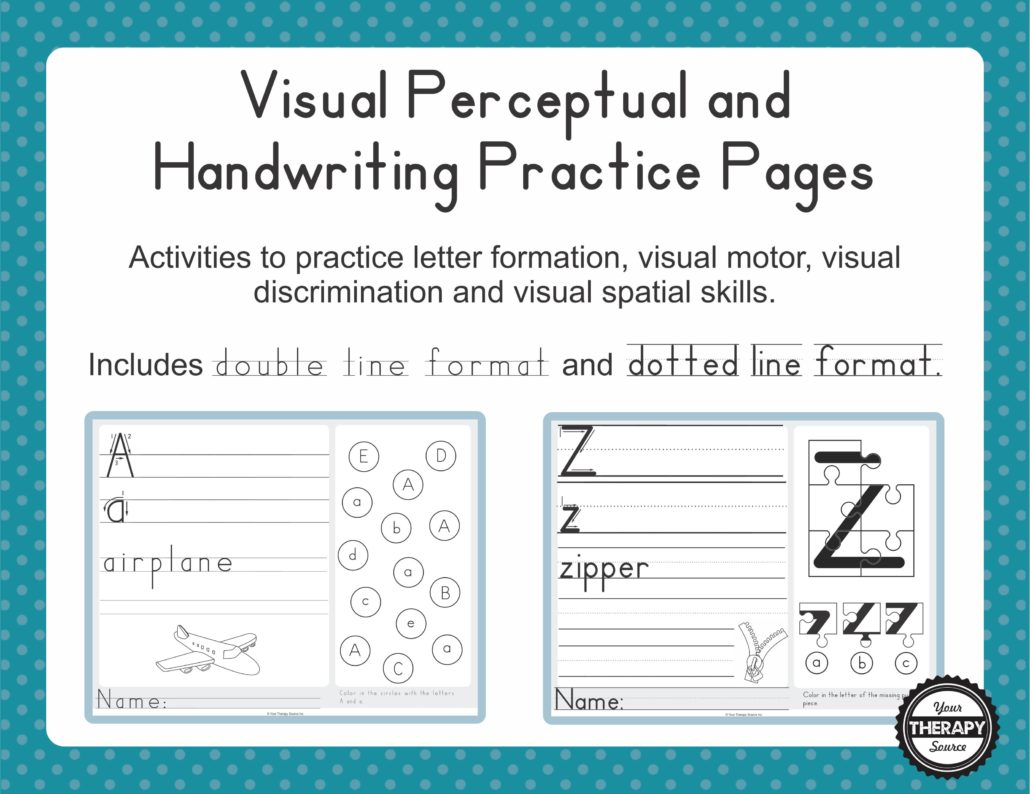Handwriting Speed Associated with Manipulation and Visual Perceptual Skills
The British Journal of Occupational Therapy examined 39 typically developing 6-8 year old children to determine whether visual perceptual, visual-motor integration and in-hand manipulation skills were associated with manuscript handwriting speed. Each participant completed Beery–Buktenica Developmental Test of Visual-Motor Integration – 6th edition (DTVMI), the Developmental Test of Visual Perception – 3rd edition (DTVP-3), the Test of In-Hand Manipulation – Revised (TIHM-R), and the Handwriting Speed Test (HST). Results indicated the following:
- significant correlations were found between visual perception, visual-motor integration, and in-hand manipulation skills and total letters written and total letters per minute.
- the DTVP-3 eye–hand coordination and visual closure subscales and the TIHM-R were significant predictors of total letters written.
- the DTVP-3 copying and visual closure subscales and the TIHM-R were predictive of total letters written per minute.
The researchers concluded that visual perceptual abilities, specifically visual closure skills, plus in-hand manipulation skills appear to be significant predictors of children’s printing speed.
Reference: Ted Brown and Julia Link. The association between measures of visual perception, visual-motor integration, and in-hand manipulation skills of school-age children and their manuscript handwriting speed. British Journal of Occupational Therapy March 2016 79: 163-171, first published on September 24, 2015 doi:10.1177/0308022615600179
Visual Perceptual and Handwriting Practice Pages are activities to practice letter formation, visual motor, visual discrimination and visual spatial skills. Each letter page includes double line (Handwriting without Tears® style) and dotted line (Zaner-Bloser® style) format plus a visual perceptual activity related to the letter. Find out more information and download a sample page.




